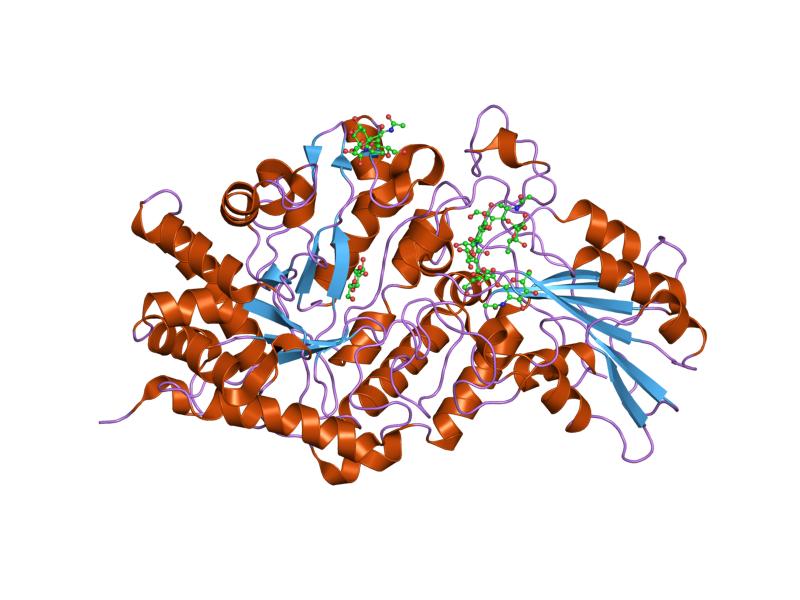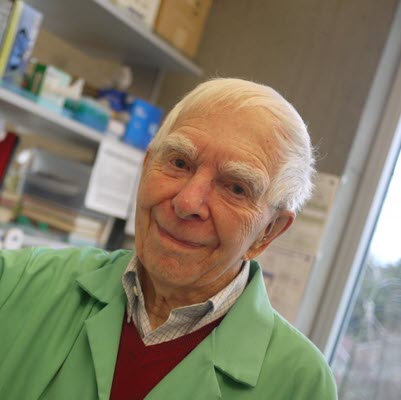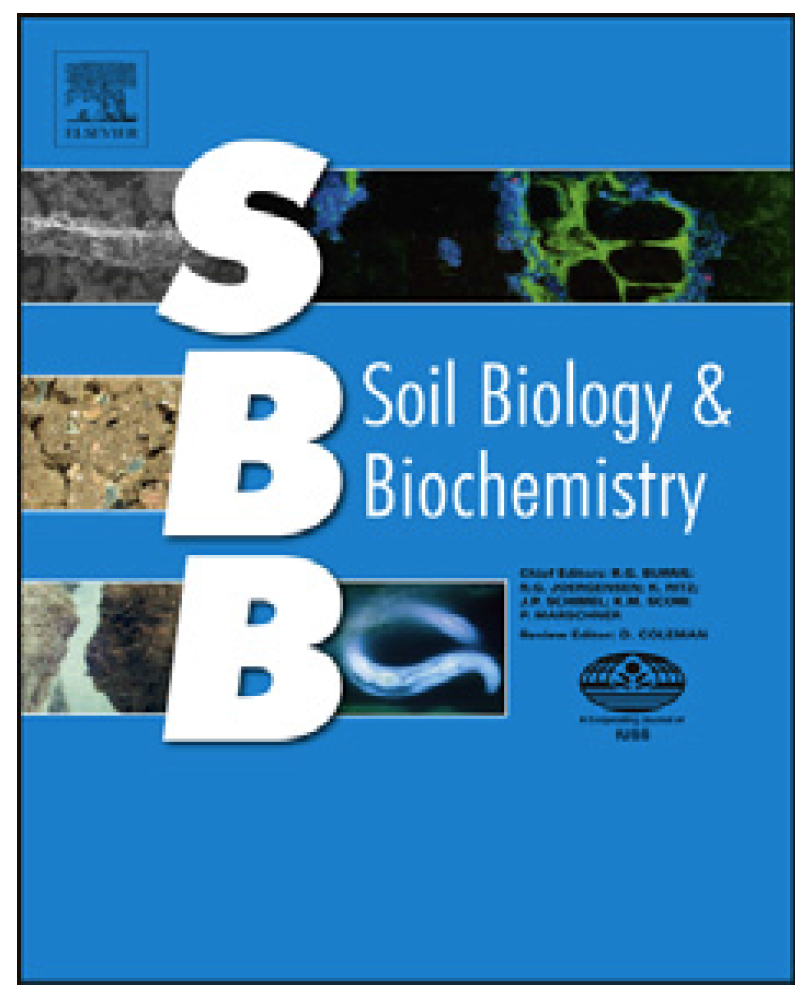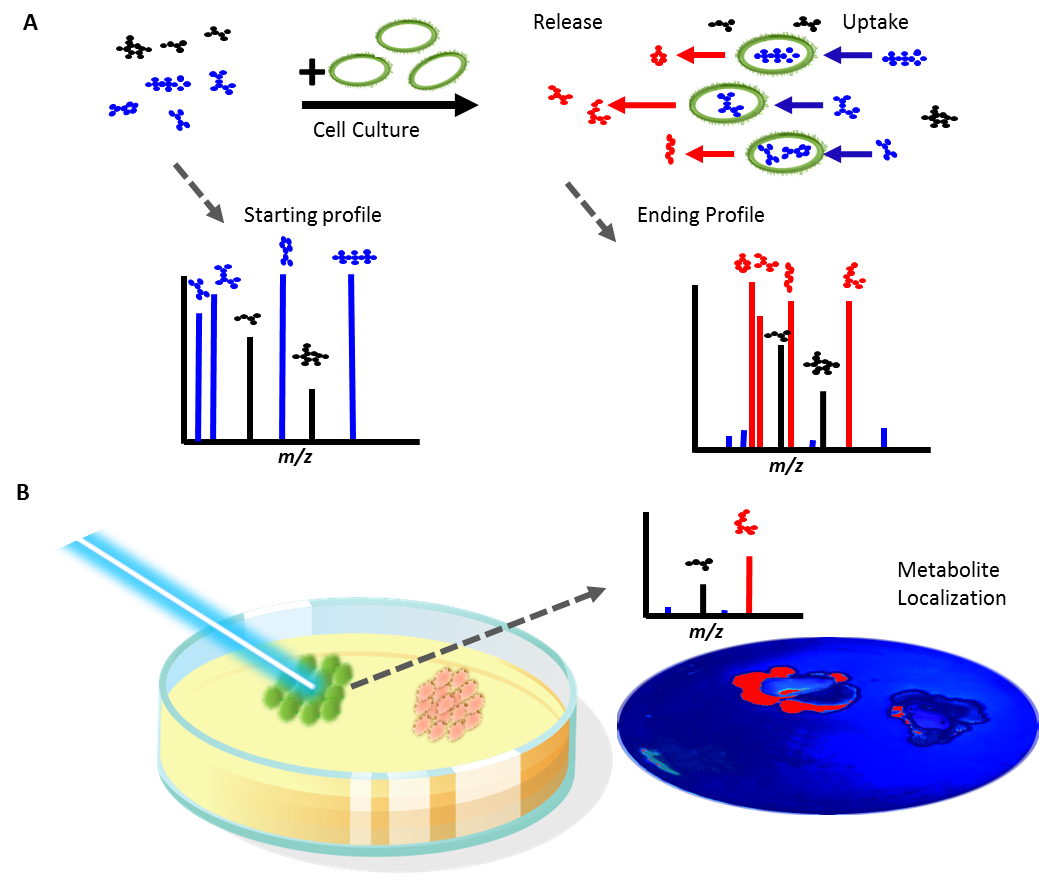Northen Lab researchers Nicole Ing, Kai Deng, and Trent Northen are authors on a paper examining glycoside hydrolases, or GHs. GHs are capable of hydrolyzing (or breaking down) polysaccharides, which make them an important compound for bioenergy production. A subfamily of GHs, GH5_4, can hydrolyze cellulose, xyloglucan, and mixed-linkage glucans that are present in plants and are the focus of this paper.
The GH5_4 enzymes, of which 10 were able to be solved for their structure, originated from plant-degrading bacteria isolated from a variety of environments and conditions, such as cotton bales and the digestive tract of an herbivore. Multiple techniques were used to elucidate the structure and function of these enzymes, including x-ray crystallography to show structure and nanostructure-initiator mass spectrometry (NIMS) to determine the concentrations of oligosaccharide products. To learn more, read the original paper.

References:
- Glasgow, E. M., Kemna, E. I., Bingman, C. A., Ing, N., Deng, K., Bianchetti, C. M., Takasuka, T. E., Northen, T. R., & Fox, B. G. (2020). A structural and kinetic survey of GH5_4 endoglucanases reveals determinants of broad substrate specificity and opportunities for biomass hydrolysis. Journal of Biological Chemistry, 295(51), 17752–17769. https://doi.org/10.1074/jbc.ra120.015328




